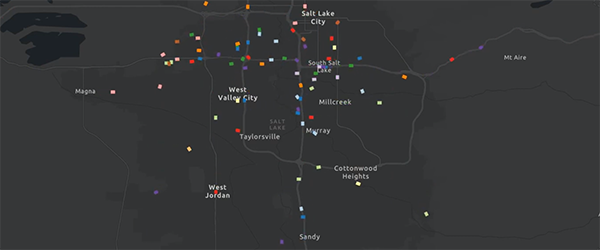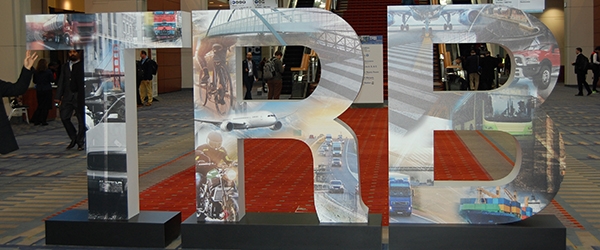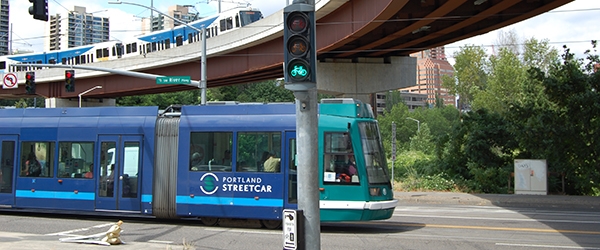Hanna Hutcheson is a second-year Masters of City and Metropolitan Planning student at the University of Utah. Her specialization is in Transportation and SMART Growth, and she is passionate about increasing accessibility to transit, designing cities to be more pedestrian and cyclist friendly, and improving environmental conditions through planning. Hanna also works as a graduate teaching assistant, and in the summer of 2020 she completed an internship with the Volpe National Transportation Systems Center.
Tell us about yourself?
Hi! I’m originally from Eugene, OR, but I got my undergraduate degree in geography from BYU and have been living on and off in Utah ever since. I’m in my second year of the MCMP program at the University of Utah, focusing on SMART growth and transportation; my passion lies specifically with transit and, to a lesser degree, active transportation and complete streets. Outside of school, I’m a big fan of reading, Netflix, ‘80s music, and embroidery.
What (or who) has influenced your career path in transportation?
I have to give a shout-out to Ted Knowlton, the deputy director of the SLC region’s MPO, for really sparking my interest in...
Read more

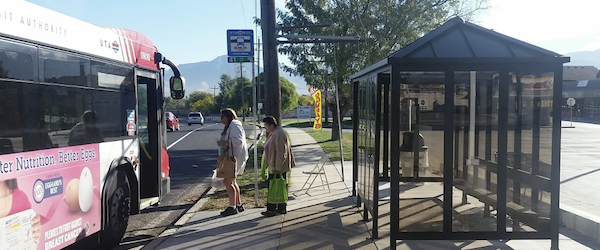

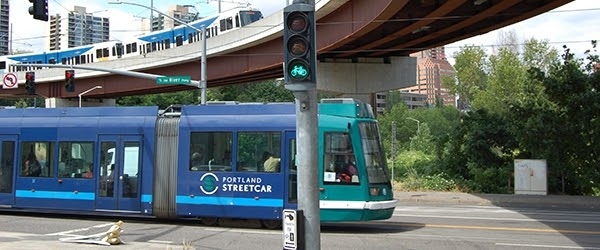

 The University of Utah has a new transportation faculty member: Andy Hong, formerly the Lead Urban Health Scientist at the University of Oxford's George Institute for Global Health. At Oxford, Hong has been co-leading an effort to establish a center devoted to the "new science of cities and health." His research in that area is focused on active transportation and its correlates with human and public health.
The University of Utah has a new transportation faculty member: Andy Hong, formerly the Lead Urban Health Scientist at the University of Oxford's George Institute for Global Health. At Oxford, Hong has been co-leading an effort to establish a center devoted to the "new science of cities and health." His research in that area is focused on active transportation and its correlates with human and public health.
